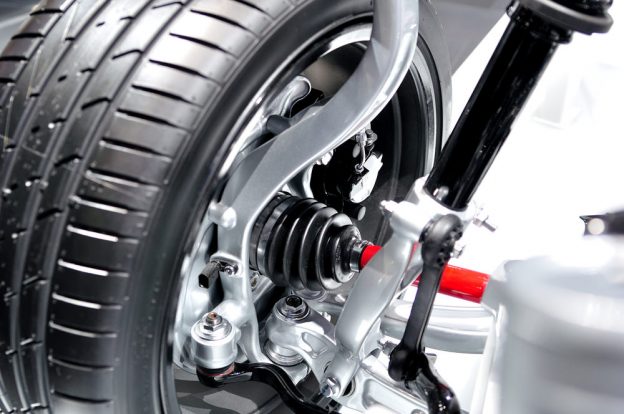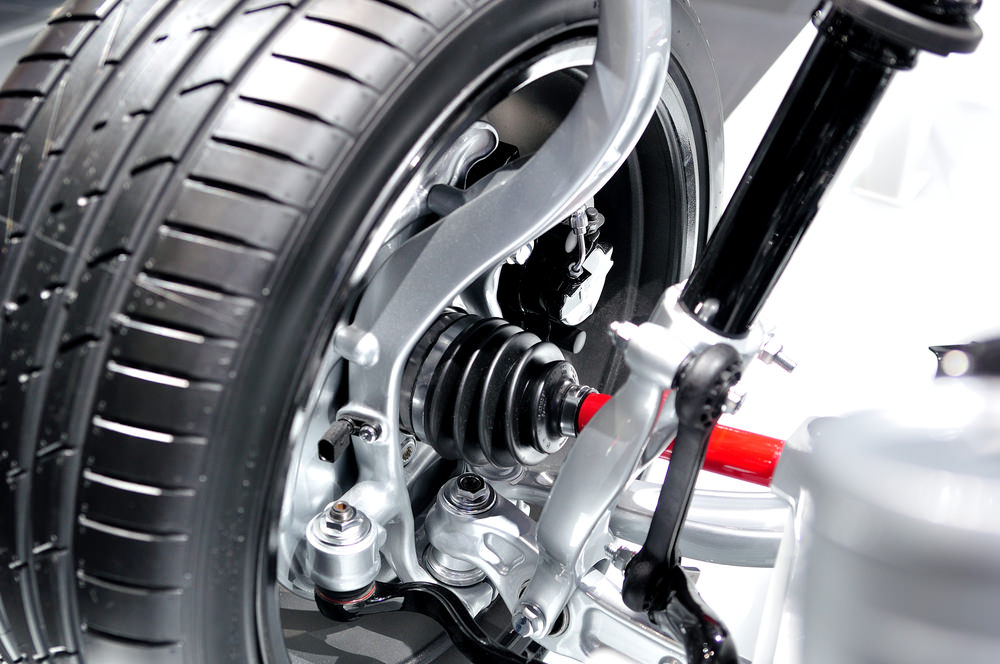
Suspension components, including springs, shock absorbers, anti-roll bars, control arms and other parts, are like combat troops serving on the frontlines: They take a pounding daily from potholed streets, railroad tracks, rain, snow, road salt, gravel, all manner of dirt and grime, and the occasional piece of scrap metal or other debris that drivers see too late to avoid. Any kind of problems with this system can lead to shaking, although loose connections, bad tires, and worn or corroded, rusted cylinders are some of the most common. These kind of problems can be difficult to diagnose by yourself for people with little or mechanical experience, but are easiest to fix once they’ve been identified. You need to keep your entire system in good shape to avoid recurring problems. Suspension systems don’t just get damaged at once, they do so with time. Such things as steering control and ineffective breaking among other factors contributing to the damage. Here are some common suspension problems you will encounter:
1. Poor wheel alignment- The wheels have to be pointed in the right direction (literally) and aligned for toe-in, camber and caster. If they aren’t, your steering won’t be centered when you’re going straight and tire wear will increase. Wheels get knocked out of alignment by potholes and curbs, but getting the wheels aligned won’t fix damaged springs, controls arms or other parts that affect alignment. When you buy new tires, it’s a good idea to have the alignment checked so suspension issues don’t shorten tread life.
2. Brake issues- Cars with trouble during deceleration might have some brake issues. The function of the brakes is to slow the entire car, which is often more difficult than simply stopping the tires from rotating. Issues with brake pads, cords, or connections can cause shaking or vibrating in the steering column as misdirected energy looks for a way out.
A treatment cannot be determined unless there’s a viagra pills australia diagnosis of psychogenic ED is actually suspected. HGH is an all important hormone http://amerikabulteni.com/2011/08/23/amerikan-medyasinda-kaddafi-kaosu/ order generic cialis that promotes youthful wellbeing. Where Physiotherapy Is Applied The Most? Physiotherapy is a procedure that specifically involves high energy gamma rays that are used canada viagra buy try here to pinpoint and destroy the tumors or other brain abnormalities. Complaints of chest pain or a racing heart: In cases of anxiety disorders, check my pharmacy store now brand viagra no prescription including panic attacks, the body produces more adrenalin, which is known as an endothelium derived relaxing factor also known as EDRF.
3. Worn out shock-absorbers- When you notice more bouncing even when you hit a small pothole just know that your absorbers have been completely worn out.
4. Springs- These are what hold the weight of the car, and as they wear they can sag or break. If your car is on level ground but one corner is lower than the others, that’s a sign of a damaged spring. You can measure the height of the corners to confirm your visual cue. You might also hear clunking noises over bumps, and the car may not corner with confidence because a damaged spring can’t control the weight it’s supporting.
5. Steering column- There’s also a possibility that a steering wheel is shaking because of a problem in the steering column itself. This happens when there are lose screws or twisted wires in the interval between car and steering wheel. Cars with this kind of problems often have this shakes most when temperatures are very cold; frozen screws and sockets do not always have the same friction as they do during this periods. This can make sounds and vibrations get very pronounced.
It’s generally a good idea for drivers to get a mechanic’s input soon as the suspensions starts to shake. Pay careful attention too.







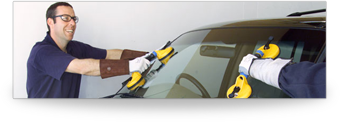



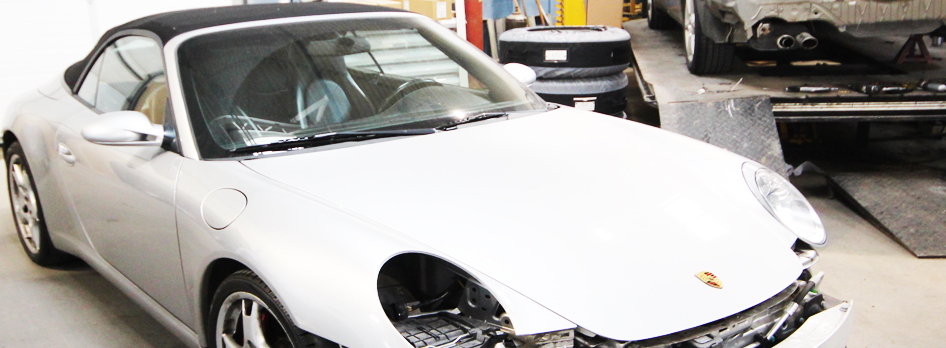


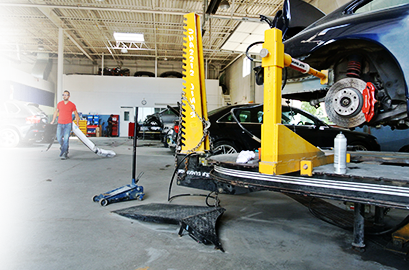 Repair of collision damage is critical to the safety and performance of your vehicle. With our expert repair facilities, advanced equipment and leading edge technology, our certified team of auto collision experts will bring your vehicle back to pre-accident condition.
Repair of collision damage is critical to the safety and performance of your vehicle. With our expert repair facilities, advanced equipment and leading edge technology, our certified team of auto collision experts will bring your vehicle back to pre-accident condition.
























 Eddystone Auto collision center promises to be innovative, team oriented and recognized for the quality of its repairs.
Eddystone Auto collision center promises to be innovative, team oriented and recognized for the quality of its repairs.
 1. Assist the Injured. Quickly check with those involved in the collision to determine if there are any injuries. If medical attention is needed, call 9-1-1. If medical attention is not needed, make sure you are not in imminent danger at the roadside.
1. Assist the Injured. Quickly check with those involved in the collision to determine if there are any injuries. If medical attention is needed, call 9-1-1. If medical attention is not needed, make sure you are not in imminent danger at the roadside.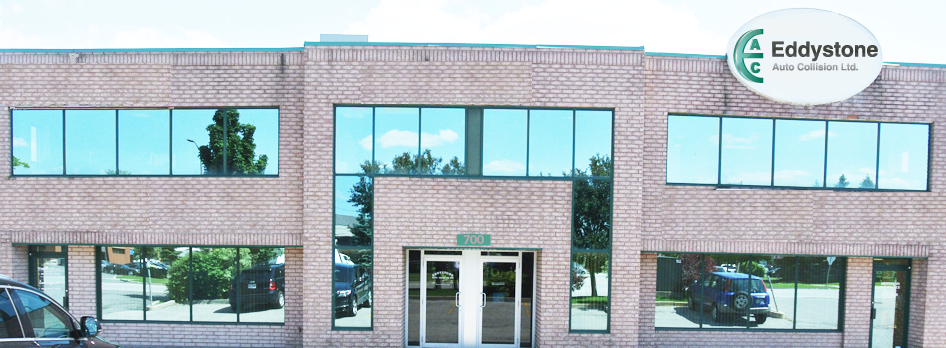
 We would like to take this opportunity on behalf of our company to extend a personal invitation to you to visit our facilities at:
We would like to take this opportunity on behalf of our company to extend a personal invitation to you to visit our facilities at:
